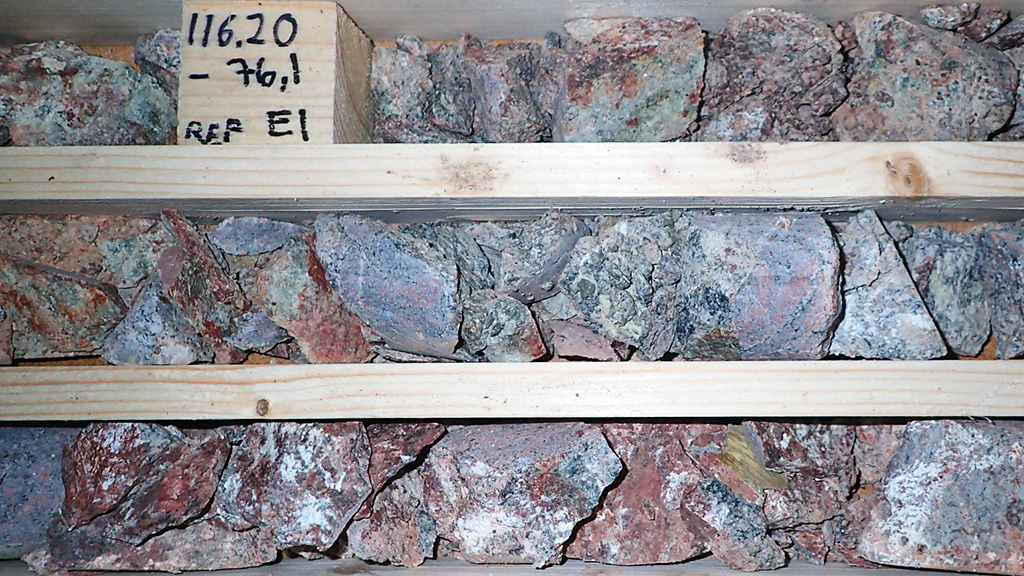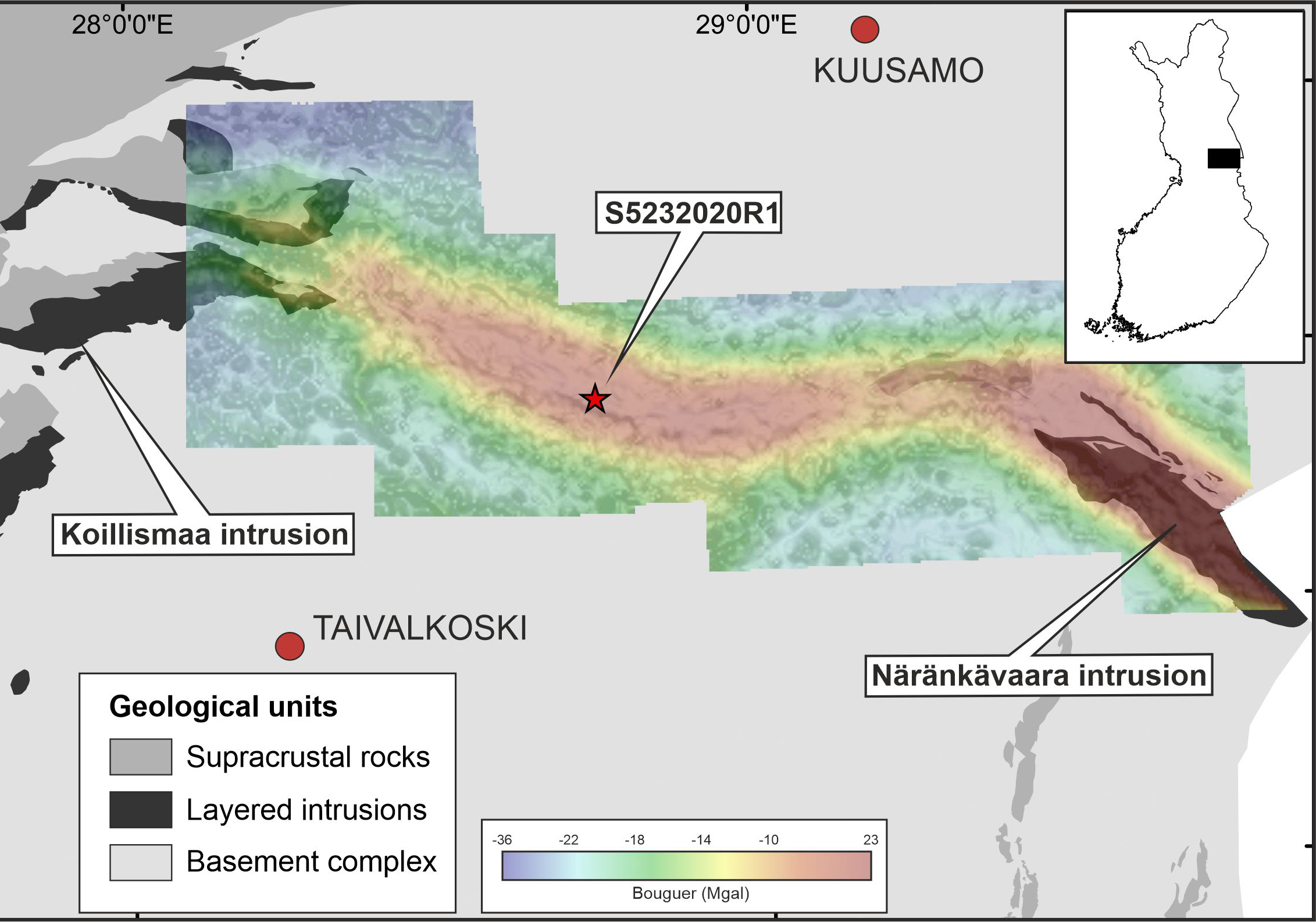Geological Survey of Finland: Final Depth of the Koillismaa Deep Hole is 1,700 Metres – Diverse Studies of the Hole and Its Surroundings Continue
The final depth of the Koillismaa Deep Hole, a project started by the Geological Survey of Finland (GTK) in Kuusamo in 2020, is 1,722 metres. Due to bedrock fracturing, it is no longer financially feasible to continue drilling. One of the project’s goals is to identify the reason for the gravity anomaly shown in geophysical bedrock data. While the studies are still in progress, the anomaly is already known to be caused by peridotite, a plutonic rock containing high volumes of magnesium and iron. The development of research methods, geoenergy and geophysics studies, and environmental surveys still continue in the area.

Since the 1970s, GTK has studied an area in Koillismaa in which a 50-kilometre east-to-west anomaly has been identified at a depth of 1–3 kilometres. It was discovered using geophysical gravity and magnetic surveys, in which the anomaly stands out from its surroundings as denser and more magnetic rock. The geological structure of the anomaly has also been studied using seismic and electromagnetic surveys, the results of which have specified the previous interpretations. The deep hole aimed to verify the accuracy of the interpretations and identify a more detailed geological reason for the anomaly.
“The bedrock in the area is highly fractured, and as a rule, the rock extracted from the deep hole is highly fragmented, regardless of the rock type. Technically, drilling would have become highly challenging, and its costs would have increased significantly. As a result, the hole will not be drilled any deeper, and the depth of 1,722 metres reached in 2021 remains its final depth,” says Jonna Tirroniemi, Project Manager and Senior Specialist at GTK.

However, the studies will continue based on the research material already collected in the area, focusing on geoenergy, mineral systems, geophysics, modelling, rock mechanics and environmental monitoring.
“The fractured bedrock has proven highly interesting considering the study of the geoenergy potential, in particular,” says Jonna Tirroniemi.
Mineralogical, isotope and trace element studies of the rock that caused the anomaly are currently in progress. The research project will be completed by the end of 2023. Geophysical studies will most likely be continued in the SEEMS DEEP research project already next year. More information about the research results will be announced once they have been completed.
More information
Geothermal energy research e.g. in the Koillismaa area
Jonna Tirroniemi, Senior Specialist
Geological Survey of Finland
tel. +358 29 503 0092
jonna.tirroniemi@gtk.fi
